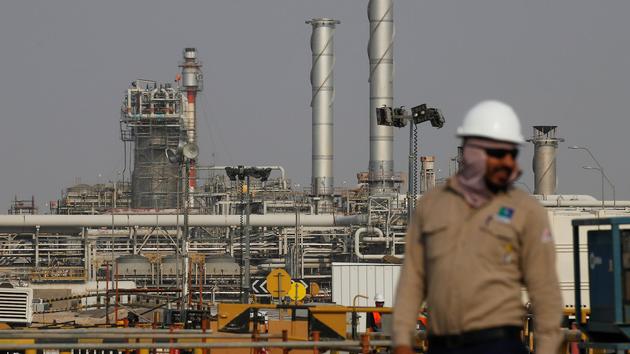Will the crude price war calm down? Nothing is certain then that the not very conciliatory announcements continued to merge Wednesday. And that the price of brent plunged Wednesday by 4.4%.
Read also: Saudi Arabia triggers oil and stock market crash
Riyadh hardened its positions by announcing that the Saudi oil supply would increase more than expected, reaching 13 million barrels per day (bpd). The United Arab Emirates, another member of OPEC, the Organization of the Petroleum Exporting Countries, for their part announced record production in April and the acceleration of work in progress to boost their production to 5 million bpd.
The Russian Minister of Energy criticized the escalation "far from the best solution" and said he was open to dialogue with OPEC.
Saudi Arabia made the decision to lower its prices and boost its supply following the snub inflicted by Russia. The latter refused to continue reducing the supply of oil to stop the fall in prices linked to the ongoing epidemic.
By offering abundant and cheap oil, Riyadh hopes to protect its market share from the American oil companies and, possibly, from Moscow.
Read also: Oil: the war continues
But this considerable increase in the supply of crude falls all the more badly as demand drops drastically with the Covid-19 pandemic. Crude oil inventories continue to surge in the United States. And OPEC has severely lowered its forecast for growth in oil demand. It should go from 980,000 bpd to 60,000 bpd in 2020. The Russian Deputy Minister of Energy Pavel Sorokin said Wednesday that he saw the price stabilize at 45 or 55 dollars per barrel. And he estimated that the first signs of a slowdown in production in high-cost programs, which is particularly the case for American shale oil, would be seen in 4 to 6 months.

